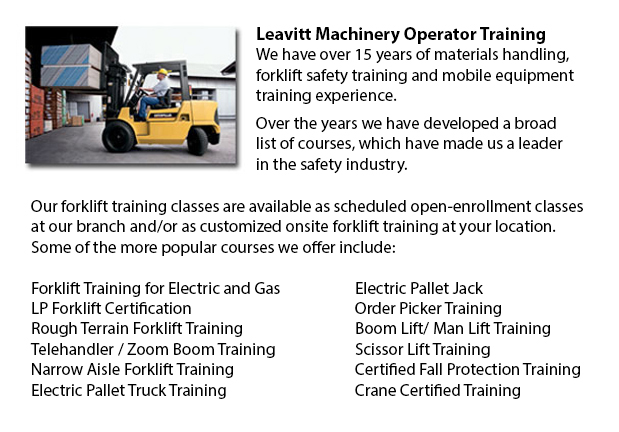
Boom Trucks Training British Columbia - A boom truck is frequently recognized by the cable and telephone company vehicles that have the elongated arm folded over their roofs. Typically, a bucket-like equipment sits at the extension of extendable arms. Normally known as a cherry picker, or an aerial boom truck, a bucket vehicle has an extendable boom installed on the roof or bed. It is able to transport employees to the peak of a telephone or utility pole. Bucket boom lift trucks have a lifting capacity of approximately 350 lbs to 1500 lbs or 158 kg to 680 kg plus they are able of extending the bucket up to 34 feet or to around 10 meters into the air.
Construction boom trucks or heavy duty boom trucks will sometimes have a crane accessory on the rear. Often referred to as knuckle booms, these cranes can be shorter and more compact than the trolley boom, which has a boom able to extend the length of the vehicle. Crane boom trucks possess a hauling capability between 10 to 50 tons or about 9 to 45 metric tons.
An added variation of boom truck is the concrete boom, which possess a pipe with a nozzle at the end of the truck to pump concrete and other materials. The areas where these materials have to be deposited is oftentimes inaccessible to the truck or is stationed at a substantial height, for that reason, the boom of a larger concrete boom truck may be extended 230 feet or roughly 71 meters. The vehicle then pumps the material through the boom precisely depositing it into the space where it is needed.
Fire departments are outfitted with a lengthy container boom used to raise firefighters to the upper floors of a building. Once in place, this boom allows them to direct water onto flames or to rescue ensnared victims. Some of the older hook and ladder lift trucks have been replaced with contemporary boom vehicles.
There is also a small self-propelled boom truck, analogous to a forklift that is offered on the market for large warehouses or production plants. These mini boom trucks can lift workers to upper storage areas or to the ceiling of the building. They are far safer and more stable than using an extension ladder for the identical application.
-
Hyster Forklift
Hyster Forklift Training British Columbia - Hyster is now a world leader in forklifts along with warehousing solutions. However, it began as a producer of lifting machinery as well as winches. Most of its production was concentrated in the northwes... More -
Scissor Pallet Trucks
Scissor Pallet Truck Training British Columbia - Scissor pallet lift trucks are built for moving and hauling separately stacked pallets by integrating a raising mechanism that permits the pallets on the vehicle to be elevated. This apparatus is a fir... More -
Toyota Forklift
Toyota Forklift Training British Columbia - Since 1992, Toyota Material Handling inc., U.S.A., often known as TMHU, continues to be the best selling lift truck provider in the United States. This business has been based out of Irvine, California for... More -
Komatsu Forklift
Komatsu Forklift Training British Columbia - Komatsu Forklift U.S.A. Inc. has a very good reputation for building dependable and robust forklifts. Komatsu is recognized around the world as a corporation with a rich heritage while preserving an except... More -
Boom Lifts
Boom Lifts Training British Columbia - Boom lifts are equipment that has a platform that may be lowered or raised to many heights, thus making this piece of equipment an important necessity in a wide variety of professions. Offered in quite a few par... More

Forklift Training British Columbia
TOLL FREE: 1-888-254-6157
forklifttrainingbritishcolumbia.com
Email Us
About Us


